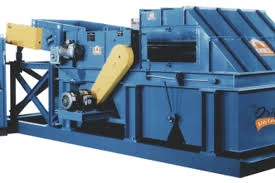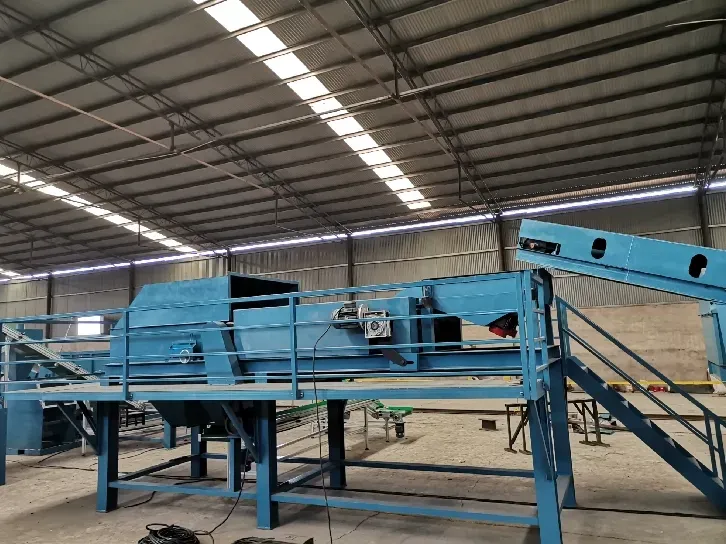In the dynamic world of cement production, the hammer crusher plays an integral role. Its importance cannot be understated, as it is crucial for the efficient transformation of raw materials into aesthetically appealing structures and robust infrastructures. A hammer crusher in a cement plant delivers exceptional results, distinguishable not only for its operational efficiency but also for the quality of the product it assists in manufacturing.

The hammer crusher is a machine that employs high-speed rotary hammers to impact materials, pulverizing them into manageable sizes suitable for the subsequent stages of cement production. This piece of machinery is built for robustness, adaptability, and effectiveness. The process begins with the raw materials being fed into the crusher. The hammers, propelled by substantial forces, relentlessly crush these inputs, reducing them to a fine dust-like form that can be seamlessly integrated into the clinker production line.
The precision with which the hammer crusher operates ensures that processing is both rapid and meticulous. This efficiency translates to a significant reduction in processing time, leading to increased throughput and optimized productivity. Moreover, the hammer crusher is versatile in its application; whether dealing with soft materials like limestone or more challenging materials such as clay, its adaptive crushing mechanics ensure optimal performance.

From a technical point of view, the hammer crusher is engineered with advanced technology that promotes durability and sustainability. This machine consists of a high-speed rotor with hammers attached, which strike the material forcibly, breaking it down into smaller particles. The innovative design is pivotal, as it counteracts wear and tear, conserving both time and resources. Rapid-speed operation not only enhances productivity but also minimizes energy expenditures, aligning with the modern industry's demand for environmentally conscious solutions.
A hallmark of the hammer crusher’s design is its commitment to safety and ease of maintenance. Safety features, such as protective casings and automatic shutdown protocols in case of malfunctions, are intrinsic to its design. Maintenance, often regarded as a drawback of industrial machinery, is made remarkably straightforward through accessible components and modular constructions that enable swift part replacements.
hammer crusher in cement plant
From the perspective of expertise, deploying a hammer crusher in a cement plant requires a nuanced understanding of its capabilities and limitations. Operational training is paramount, empowering operators with the skills to maximize machinery output while minimizing downtimes. The strategic use of hammer crushers is a subject extensively researched and recognized by industry experts, attested by countless case studies showcasing unprecedented success in cement production timelines and output quality.
In terms of authority and trust, the hammer crusher boasts commendations backed by industry certifications and favorable assessments by leading engineering bodies. Its establishment within the cement production process is backed by data indicating reduced material wastage, improved material composition, and an overarching enhancement in cement quality. This authoritative endorsement ensures that stakeholders can place unwavering trust in its efficacy and reliability.
Lastly, the aspect of trustworthiness cannot be overlooked. Trust is built not only through superior performance but also via consistent, reliable after-sale services and support. Leading manufacturers of hammer crushers offer unparalleled customer support, ensuring operational continuity and prompt resolution of technical issues, further solidifying the machine's reputation as a trustworthy investment.
In conclusion, the hammer crusher's indispensable role in cement plants underscores its significance as a cost-effective, efficient, and technically advanced piece of machinery. Its performance aligns seamlessly with modern production demands, ensuring reduced energy usage, lower emissions, and higher quality cement, positioning it as a cornerstone of sustainable industrial practices. Its design promotes ease of use and maintenance, married with advanced safety features, making it a preferred choice for professionals aiming to enhance production efficiency while maintaining operational integrity.


